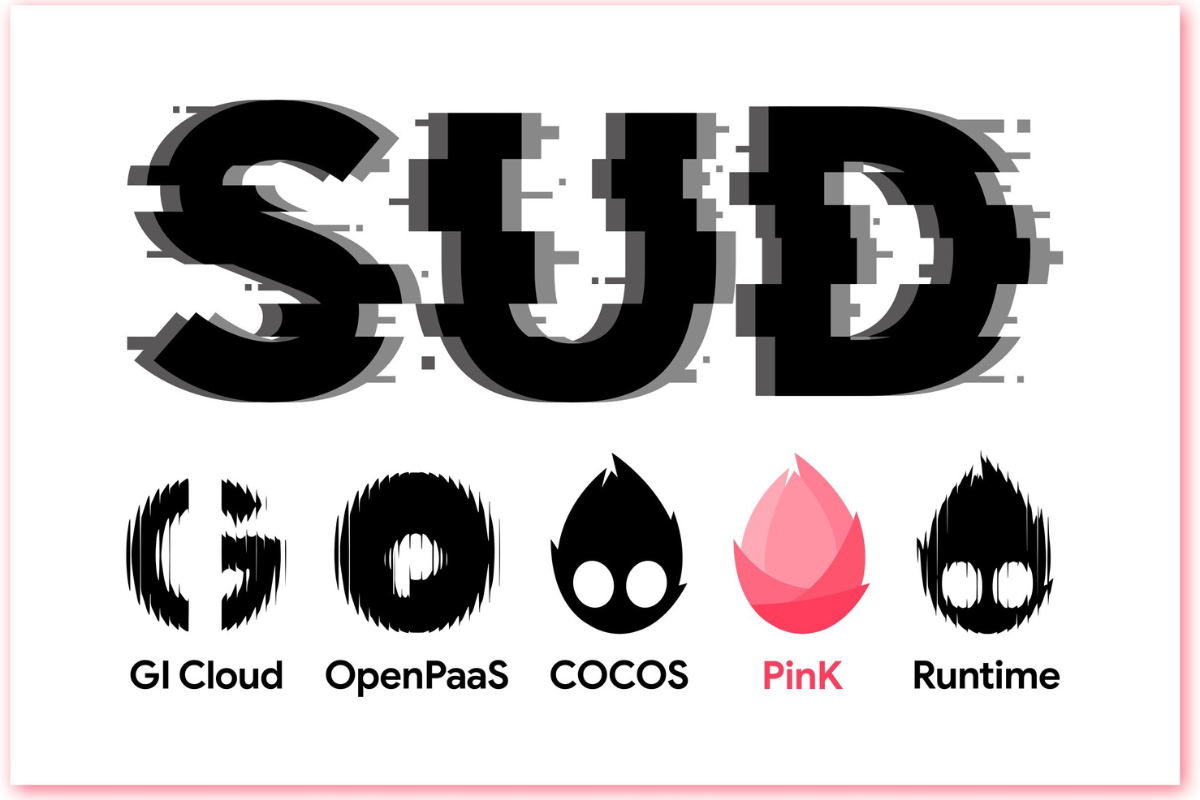Offering real-world rewards has propelled the success of many great mobile games. But is it too late to embrace the movement? And when is the right time to implement real-world rewards into your game?
Ben Cousens, Chief Strategy Officer at ZBD, shared his insights on the optimal timing and impact of integrating real-world rewards into mobile games.
Those of us in the mobile game sector are a savvy bunch when it comes to trends. We’ve seen so many come and go, we’ve developed a collective sense of caution around grand promises about the ‘next big thing’.
That considered, when a new generation of reward-based marketing strategies emerged, they were met with some caution. Right here in 2025, however, it’s strikingly clear that rewarding players with items of real-world value – perhaps cash, Amazon vouchers, or even cryptocurrency – is becoming a mainstay of mobile success.
Today, Gen Z makes up 2 billion of the global population, and 86% of these play games. In an independent study ZBD commissioned from Atomik Research, 91% of Gen Zs identified as being positive to real-money rewards in games. 70%, meanwhile, now expect to be rewarded by their mobile games. Like their demographic neighbours, they increasingly understand what they contribute to mobile games’ successes, and want something in return.

Over a billion players may now expect rewards. It is fairly obvious, then, that any ambitious mobile studio or publisher should be exploring the rewarded opportunity. A sea change is here.
But is it too late to join the movement? And how – and when – should you be implementing rewards into your games?
Understanding Native Rewards
Before we answer those questions directly, it’s worth tucking into what ‘rewarded play’ means today.
The logic of contemporary reward systems is straightforward. If you give your players rewards with meaningful value, they are better motivated to play, spend, return to, and stay with your game. Whereas once it might have been enough to pass a user a handful of in-game currency for watching an ad, modern consumers expect a more balanced value exchange – which means rewards with real-world value.
That is the essence of this movement. Players want something in return, and connect with games that present a fair value exchange. That two-way exchange also excels in engaging high-value, high-quality users.

To be utterly clear, in this article, we’ll focus on native reward systems – not the related ‘rewarded UA’ model. Rewarded UA is credible and popular. But native rewards are built more deeply into games, and connect with all your players.
In Rewarded UA, however, games only provide rewards to the players using reward platforms. Players who download the game will play the title with a reward structure overlaid, securing real-world rewards for various actions, from the initial install to reaching a certain level.
The majority of the game’s audience, meanwhile, will likely download the same game from Apple or Google’s stores. As such, with rewarded UA, devs pay for incentivised traffic, while players tend to retain and monetise after the rewards end. It’s a great model, but only applies to traffic coming from a specific source, and incentivized UA sources tend to have problems reaching a large scale.
Native rewards, meanwhile, are part of your game, baked into its systems and economy. Every player – regardless of the app store they used – can be rewarded by playing. The result? Every user source will serve as one that delivers high-quality players.
Going native? Go early. Go deep.
Is it too late to join the native rewards movement?
Absolutely not.
This is more than a trend. It’s an audience and industry sea change that is here to stay. Return to those data points around Gen Z users, and it is clear that a significant percentage of the global mobile gaming audience expects to be rewarded, and they aren’t going anywhere.
Studios and publishers yet to adopt the model need not dwell on missing the boat, because years of opportunities in the rewarded space lie ahead. Now is the time to join the movement.
But how can you make sure you get native rewards right, and when should you implement them into your game?
Native rewards exist as an integral part of your game. To play the game is to be rewarded. Often, developers who deploy native rewards make a single currency in their game’s internal economy, one with real-world value that can be cashed out. So, where once a player might place a coin into an arcade game to be rewarded for a score, decades later, a user invests play time to earn monetary rewards.
Game designer readers will likely be expecting the next point already. To really seize the gains of native rewarded marketing, you need to make the system a core part of your game; an element and motivator of gameplay. Native rewards deliver the best results if they are integral to what playing your game is, existing deep in your systems.

This system works well when considered at the concepting stage, or you can invert that approach by implementing rewards across overarching frameworks. Some of the most impactful implementations, for example, see reward payouts as prizes in competitive online games.
Beyond engagement, game studios that have adopted real rewards are already seeing significant monetization benefits. Viker improved revenue per DAU between 20% and 585% in different games and geographies.
PlayEmber saw a 192% increase in Day 0 ARPU and a 383% increase in Day 14 ARPU in a casual card game across different markets.
Square Enix, meanwhile, achieved an 82% boost in ARPDAU in a hypercasual board game targeted at the Indian market.
These figures demonstrate that integrating real-world rewards doesn’t just increase retention – it directly impacts revenue, making it a highly viable business strategy. If your existing title contains anything of an in-game economy – which it really should in 2025 – you may very well have an opportunity to implement native rewards.
Now is the time
Ultimately, native rewards offer a way to see conversion rates soar, loyalty increase, and revenues climb. You won’t need to reinvent the games your team specialises in, either – you simply need to make rewards truly native to your game.
The only other thing you will need to do is pick the right partner to handle integration with real currencies, and payouts to customers. Successful implementation requires more than just balancing the game economy. It also involves handling regulatory compliance and fraud prevention. Choosing the right partner to manage integrations can significantly reduce implementation time and ensure smooth execution.
Don’t discount rewarded UA either, as it very much has its place. But if you want to turn all user sources into high-quality ones and meet the expectations of some of mobile gaming’s biggest audiences, there’s no better time than now.





